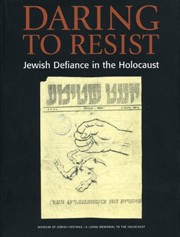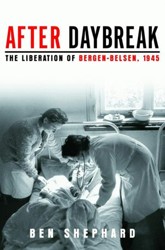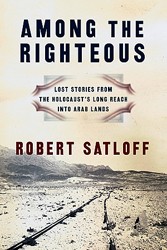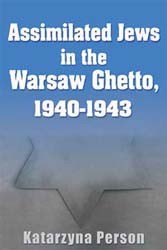The latest book by Princeton University historian Jan Gross has already created a great deal of controversy and consternation in Poland. Like his earlier works, Fear: Anti-Semitism in Poland After Auschwitz and Neighbors: The Destruction of the Jewish Community in Jedwabne, Poland, that examine the 1941 Jedwabne massacre of Jews by their Polish neighbors, Gross’s new book is intended to provoke Poles into thinking about their own role during the Shoah in a more critical manner. He challenges the dominant Polish historical narrative that emphasizes Polish suffering and victimhood at the hands of the Nazis and characterizes Jedwabne and the 1946 Kielce pogrom as marginal incidents committed by demoralized Poles. In this narrative, Poles are depicted as selfless and heroic, fighting off the Germans and when possible aiding the vulnerable Jews. Anti-Semitism in Poland is also minimized. Gross has a different and more nuanced view and this short, powerful book continues the correction.
The starting point is a haunting, grainy black-and-white photograph that shows a group of peasants and some soldiers or militiamen – diggers – atop a mountain of ashes at Treblinka, where some 800,000 Jews were gassed and cremated between July 1942 and October 1943. Bones and skulls have been placed in an orderly display in front of the group. The peasants have been digging through the remains of the victims, hoping, expecting to find gold and precious stones, given the prevailing stereotype extant in Poland associating Jews with money or gold.
This simple image links two central aspects of the Holocaust: the mass murder of European Jews and the accompanying looting of their property, even after death and cremation. The pillaging of Jewish property was not limited to governments, conquering armies, Swiss banks, insurance companies, or museums. It was perpetrated by local people, such as those depicted in the photograph. And as Gross points out, these digs, these “golden harvests,” went on for decades at all the death camps. Local people partook in it openly and in open cooperation. They were not isolated events perpetrated by marginalized Poles. Golden Harvest thus conveys a deeper truth about what happened during the Shoah. Gross believes that the local populations living alongside the Jews for centuries by and large appreciated the Nazi policy of cleansing the area of Jews and tried to enrich themselves in the process. The photograph and the history he weaves around it that include discussions of “Jew-hunts” in the countryside, the blackmailers or schmaltzownicks who extorted money from desperate Jews, the pillaging of Jewish property, sheltering Jews for exorbitant payment, all illustrate a level of indifference if not enthusiasm for the Jewish tragedy. The genocide against the Jews almost succeeded because it was greeted with a kind of consent in countries that had been conquered by the Nazis.
The authors have written a moving, lyrical, and heartbreaking book that evokes the complexity, as well as the intimacy, of the Shoah and contributes to the ongoing rethinking of Polish-Jewish interactions before and during the Holocaust. It is highly recommended.

Nonfiction
Golden Harvest: Events at the Periphery of the Holocaust
- Review
By
– June 20, 2012
Michael N. Dobkowski is a professor of religious studies at Hobart and William Smith Colleges. He is co-editor of Genocide and the Modern Age and On the Edge of Scarcity (Syracuse University Press); author of The Tarnished Dream: The Basis of American Anti-Semitism; and co-author of The Nuclear Predicament.
Discussion Questions

Jewish literature inspires, enriches, and educates the community.
Help support the Jewish Book Council.



